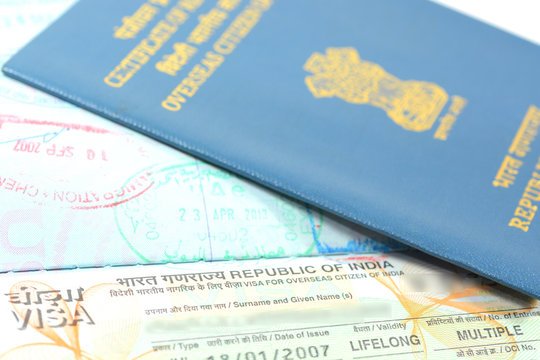This summer, the global grid will be unable to meet the soaring demand for electricity, potentially leaving more than a billion people without power. The grid has become overburdened as a result of fossil fuel shortages, drought and heatwaves, commodity disruptions and price spikes caused by the Russia-Ukraine conflict, and the failure of the green energy transition (grid operators have retired too many fossil fuel power plants). When these factors are considered together, it is reasonable to predict that much of the northern hemisphere will face a blackout storm in the future.
The power crisis will affect most regions and major economies worldwide, and it could erupt in less than a month, when summer officially begins on June 21. When cooling demand surges as many homes turn on their air conditioners to escape the heat, some areas of Asia, Europe, and the United States will not have enough power.
The Asian heatwave has reportedly caused hours-long power outages every day, putting more than a billion people in Pakistan, Myanmar, Sri Lanka, and India at risk, with no relief in sight. Power will be scarce in China and Japan as well. Six power plants in the U.S. state of Texas failed earlier this month as a summer heat wave approached, a foreshadowing of what was to come. This summer, at least a dozen states, from California to the Great Lakes, are at risk of power outages.
This year, South Africa is on track to have a record number of power outages. And Europe is in a precarious position due to Russia’s influence, which could lead to rotating blackouts in some countries if Russia cuts off gas supplies to the region. According to analyst Shantanu Jaiswal, the economic rebound of war and sanctions disrupting commodity markets, extreme weather and epidemics driving electricity demand is a one-of-a-kind situation, and the last time “so many factors happened at the same time has been unknown.”
So far, the epicenter of the blackouts has been South and Southeast Asia, where a heatwave has forced air conditioners to run at full capacity. Pakistan, Sri Lanka, and Myanmar have a combined population of 300 million people and have essentially nationwide blackouts. A state official in India said this month that 16 of the country’s 28 states, home to more than 700 million people, have been struggling to cope with power outages ranging from two to ten hours per day.
For more than a month, state-owned utilities in Vietnam have been bracing for power shortages as demand rises, domestic coal supplies fall, and foreign fuel prices skyrocket. Several countries, including Greece, Latvia, and Hungary, rely heavily on Russian supplies for electricity, and these countries are most likely to experience power outages.
How can businesses ensure business continuity in this context?
Disaster recovery is a combination of disaster recovery and backup that employs IT technology to protect enterprise data and business high availability while also ensuring data security and rapid business recovery in the event of a disaster. It is an important part of the network security assurance system and a basic guarantee for the continuous and effective operation of network and system infrastructure as the “last mile of network security.”
When designing a disaster recovery solution, two key technical indicators of disaster recovery need to be addressed.
RTO stands for Recovery Time Objective (RTO). The RTO is the time between when the IT system goes down and when the IT system is restored to support the operation of each department and the business resumes operations after a disaster.
RPO stands for Recovery Point Objective. The RPO is a metric that reflects the amount of data loss, which is the maximum amount of data loss that an enterprise can tolerate; the lower the RPO value, the less data loss and the lower the enterprise loss.
Cloud disaster recovery solutions will become the primary direction of future development in the field of disaster recovery due to their low cost, high speed, constant rehearsal, multiple modes, safety, and reliability. Cloud disaster recovery is comprised primarily of cloud backup and cloud disaster recovery. Cloud backup is the direct backup of production business data to the cloud, thereby realizing data backup and recovery functions; cloud disaster recovery is the quick takeover of business through cloud migration and high availability of the entire business system (including the operating system) to ensure business continuity.
By using Vinchin Backup & Recovery, you can instantly recover the entire VM and all its data from any restore point (no matter if it’s a full backup, incremental backup, or differential backup) without any effect on the original backup data. Any deduplicated or compressed backups can be recovered. It is an excellent solution to ensure enterprise business continuity and minimize the loss of crucial business interruptions caused by disaster or system failure.
You can also quickly verify the backup data availability by instantly recovering the target VM to an isolated area in a matter of minutes. Make sure when a real disaster occurs, all the VMs can be recovered and the data inside is not lost or damaged. Vinchin supports the world’s most mainstream virtual environments and provides solutions such as VMware backup, XenServer backup, Hyper-V backup, RHV/oVirt backup, etc.







